The egg, the chicken and DIY hormones
Published 18 May 2016 by Ewen Chardronnet
With “Open Source Estrogen”, Mary Maggic and Byron Rich help people to better understand the influence of estrogen and endocrine disruptors on our bodies and our environment. They have even imagined a new generation of hormone chickens in a condensed design-fiction.
Biologist and artist Mary Maggic, a.k.a. Mary Tsang, director of the documentary series Diysect (which we covered here), has gone around the DIY and bio-art worlds, first in the U.S., then in Europe. “That’s where I met Byron Rich,” says Mary Maggic, a Canadian artist and world traveler. “He told me that he and his girlfriend wanted to make their own contraceptive pill, as it’s difficult to obtain when you’re constantly changing countries.”
The issue strikes a chord with the activist biologist’s feminist and queer stance. The effects of the pill on menstrual cycles have been criticized by a number of feminist movements. Consumption has even decreased over the past years in US, just as the current consensus is that contraceptives significantly increase the risk of breast cancer, cervical cancer and liver cancer (even if many studies indicate that they reduce by half the onset of ovarian and endometrial cancer). The significant increase in risk of breast cancer is primarily among more recent users, or younger women, as the added risk disappears gradually once they stop taking the contraceptive.
“Hybrid Practices”, latest episode of the “Diysect” series, November 2015:
Starting a debate around DIY contraception
In September 2015, Mary Maggic joined the MIT Media Lab as a researcher in Media Arts and Sciences, specializing in design-fiction. Via the community biolab Street Bio, she attends the workshops of “How to Grow (Almost) Anything”, the course conceived by George Church, the high-profile genetics professor of Harvard Medical School. Intrigued by the many sanitary, ethical and political implications of creating DIY hormones, Mary Maggic and Byron Rich decided to launch a series of speculative works called Open Source Estrogen. For example, what are the consequences for transsexual people taking hormones during their gender transition?
“Housewives Making Drugs” (“Open Source Estrogen”), Mary Maggic:
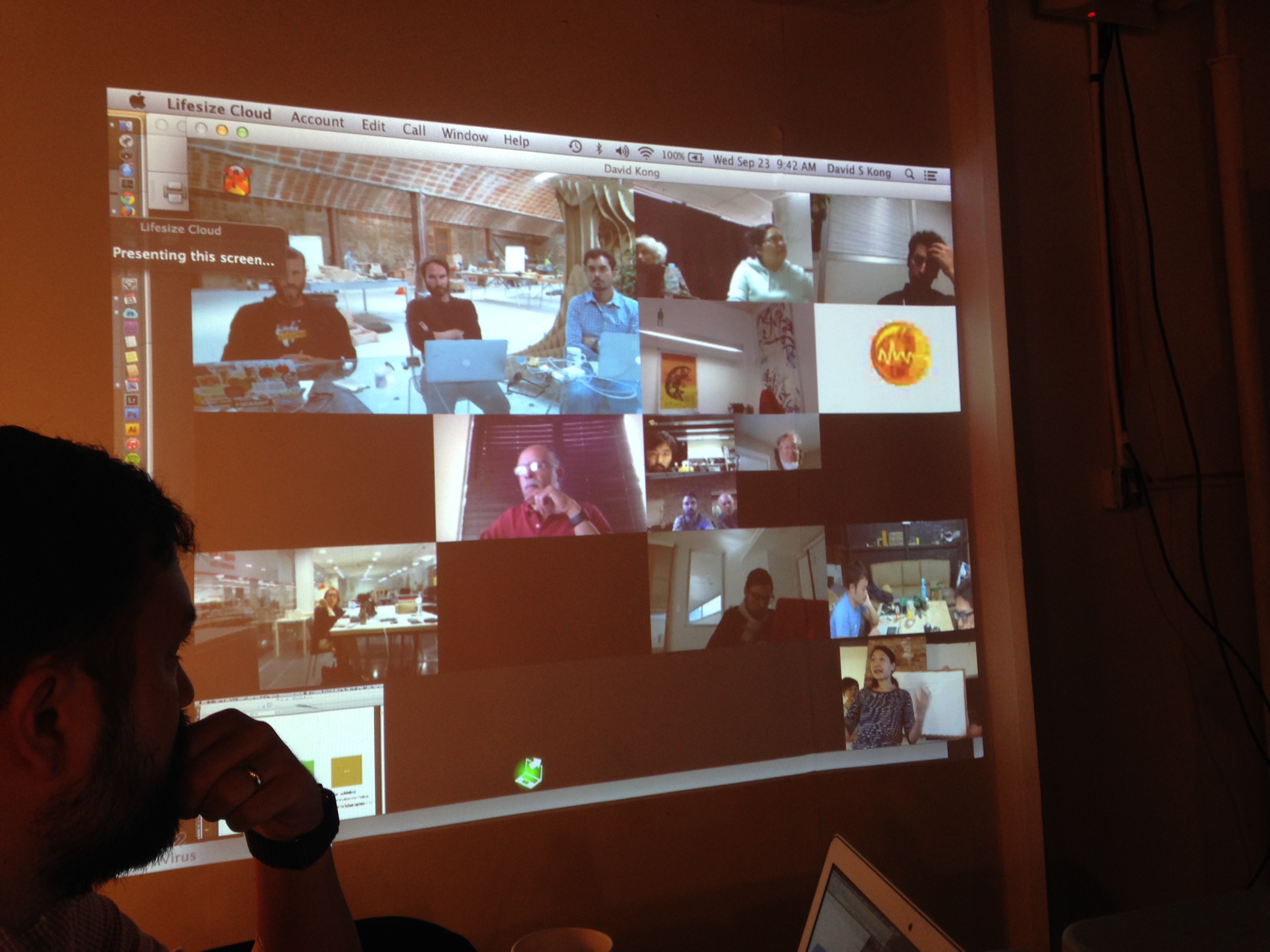
Ovulation boosters
Mary Maggic came to focus on women who cannot have children, the stigma they face in the capitalist bio-political context, which associates women with laying hens and commercialization of the female reproductive function by the biotech industry and pharmaceutical lobbies in general. So she came up with an exaggerated project that highlights the absurdity of the question. Joi Ito, director of the MIT Media Lab, lent her professional video equipment, and she shot a fake commercial for a company called “Egstrogen Farms” that produces “Egstro-chickens”—genetically modified chickens that lay eggs which allow women who eat then to ovulate more often, whether they want to conceive a child or become egg donors for the fertility industry. The commercial emphasizes “sustainable” farming of “free-range chickens”, “fresh from the farm”, “100% natural”, etc.
“Egstrogen Farms, a transgenic chicken commercial for women”, Mary Tsang, 2016:
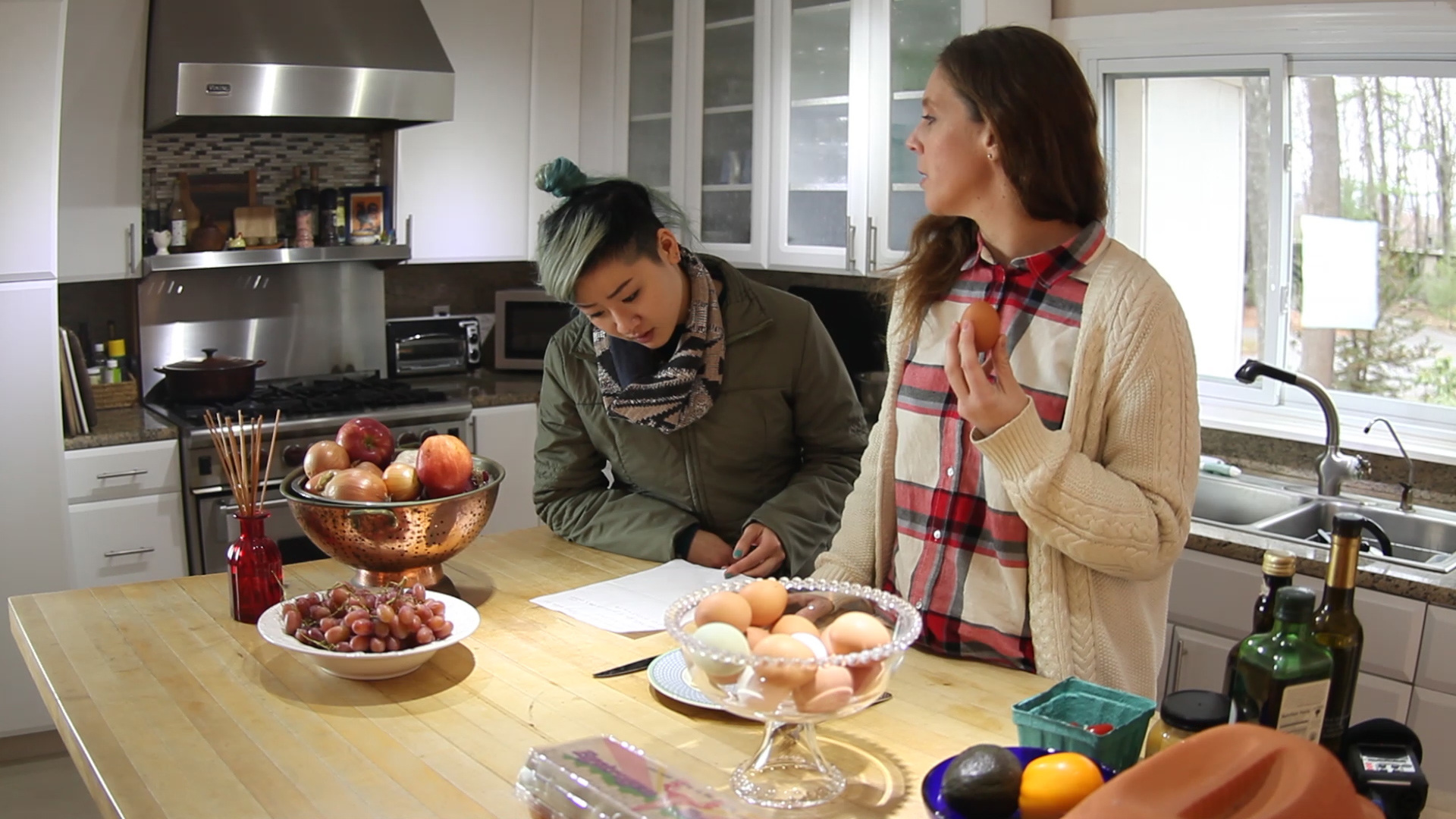
Parallel to these fiction projects, Mary Maggic is involved in more detailed research on the mutagenic effects of estrogen in the environment and how these steroids disrupt all animal species, including humans. For several years now, the issue of how the contraceptive pill impacts the environment has been raised by the scientific community and the media. A commonly cited example is of the synthetic hormones rejected by women taking the pill via urine, which would bypass the filters of water-purifying stations to end up in river water, making fish more feminine…. and even end up in our faucets.
Impact of endocrine disruptors
Another significant problem is the impact of endocrine disruptors on the hormonal system, reproduction, children’s growth and many other aspects of our health. More precisely, xenoestrogens, the category of endocrine disruptors capable of interfering with the action of estrogens. Many of these synthetic chemical products, synthetic hormones, drug treatments and other molecules known by the sugar-coated names of DDT, Diethylstilbestrol and Bisphenol A, have been the nightmares of our industrial society for the past 50 years. In most cases, estrogenicity has been in the spotlight for sanitation accidents and scandals. So it’s possible that many xenoestrogens have not yet been identified.
However, it is widely acknowledged that these molecules have an impact on the hormonal balance of numerous living species, both wild and domesticated. Despite their effects on our health, their prohibition or limitation is blocked by lobbyists in the petrochemical and pharmaceutical industries. Hence, more than a year after it was prohibited in France, Bisphenol A can still be found in some canned drinks and foods. In a study published in April, the French association for health and environment (Asef) confirms having found traces of Bisphenol A in a can of Pepsi and in canned white beans branded Carrefour and Compa. And this was when it was trying to find out which chemical component had replaced Bisphenol A.
So the industrial model seems to be having a hard time. No doubt for that reason the organization Alerte des médecins sur les pesticides (1600 members), launched a prevention campaign this month in some 1500 medical practices to alert couples planning to have a child of the danger of endocrine disruptors.
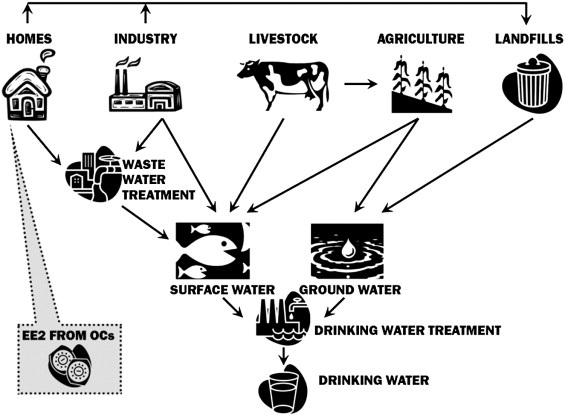
Bio-detection
Mary Maggic decided to create (in her lab at MIT) a bio-detector of estrogens in all types of urines and waters. More than simply a versatile recipient for estrogens produced by the cells of mammals, il also senses imitation estrogens, substances with the effects of estrogen that can be found in environments that contain high levels of pollution or pesticides. The goal is to provide citizen science activists with a DIY bio tool.
For estrogenicity is no longer limited to a small group of substances, but can be found in a whole series of chemical classes used daily in agriculture, industrial manufacturing, health, etc. Since the end of World War 2, more than 10,000 active substances capable of estrogen activity have been released on the market and used (in hydraulic or dielectric fluids for capacitors and transformers, glues, paints, detergents, insecticides, herbicides, fungicides, cosmetics, etc).
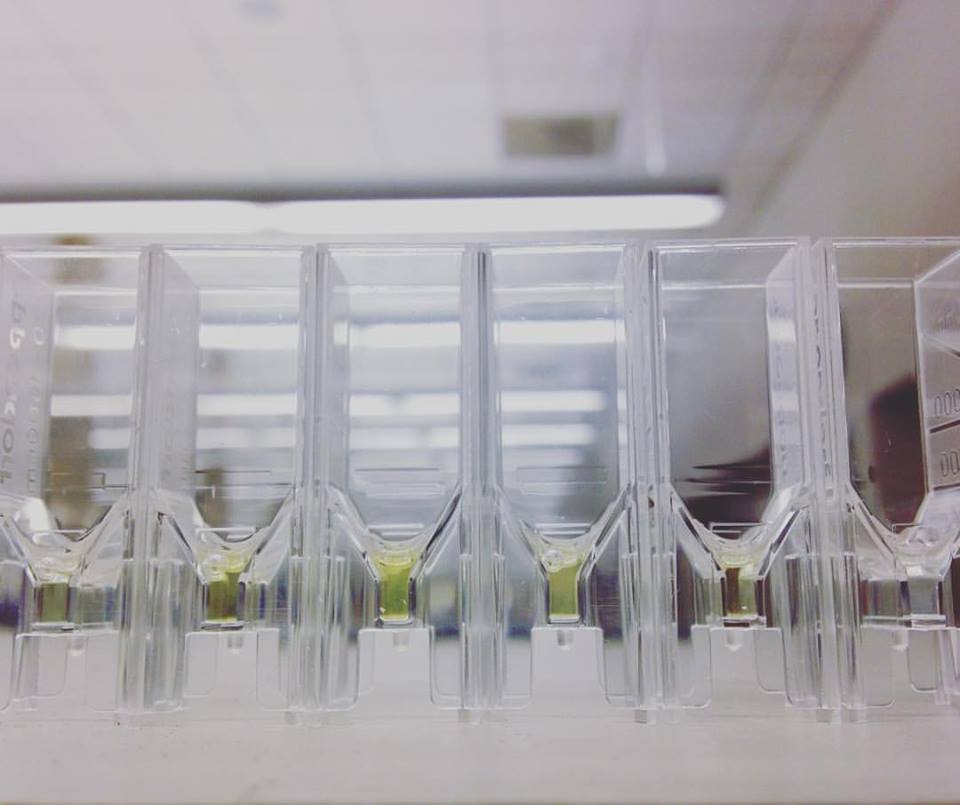
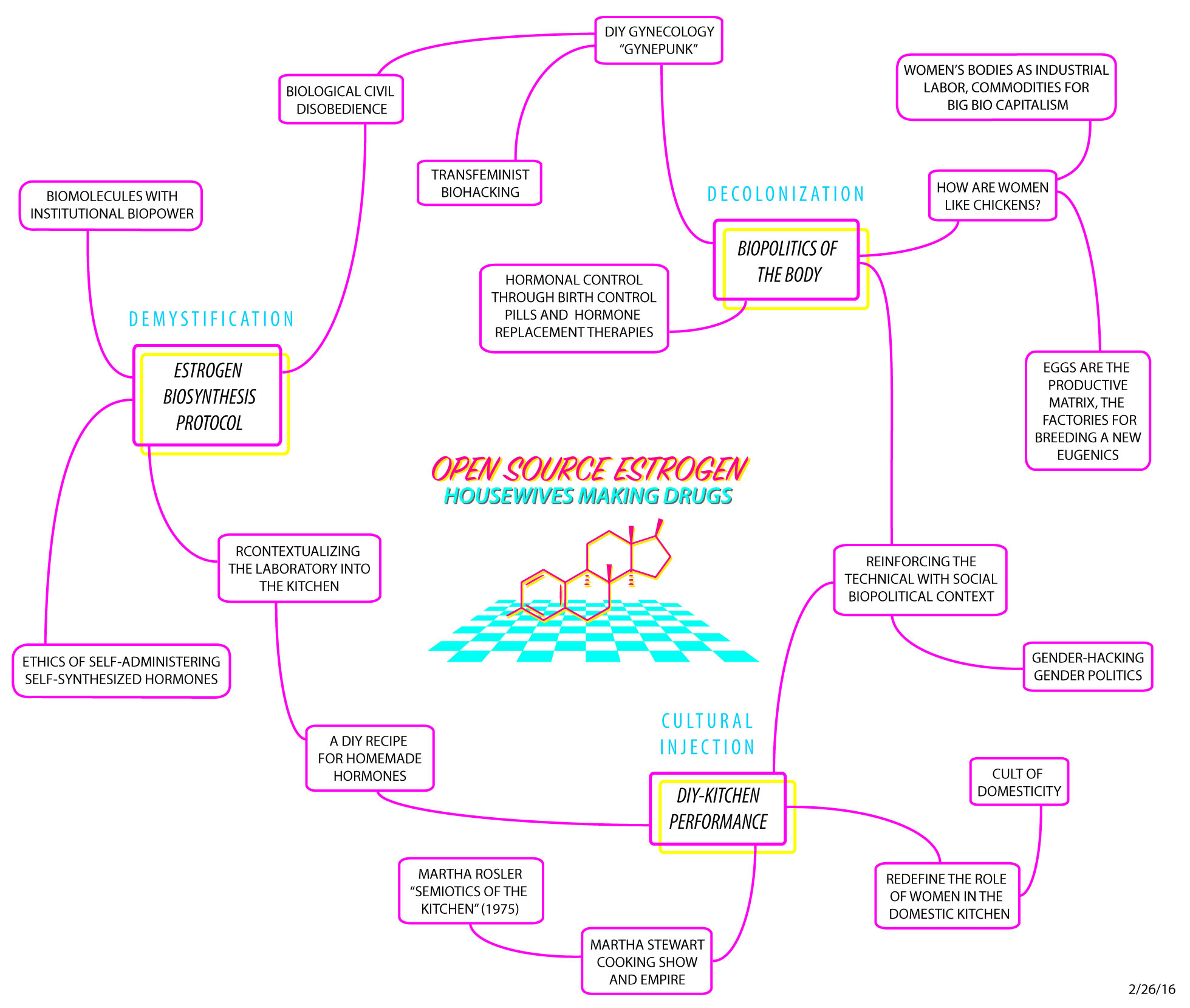
From colonization to molecular evolution?
At the moment, Mary Maggic and Byron Rich are presenting their Open Source Estrogen workshop, at the ISEA conference in Hong Kong, at the “Art Meets Radical Openess” festival in Vienna (Austria), then in June at Interactivos? at Medialab Prado in Madrid (Spain). “We will ask multiple questions,” says Mary Maggic. “For example: Can we make our own hormones for contraception? What are the ethical implications in self-administering DIY hormones? How to detect the presence of hormones in the environment? How to design sensors that will play a role in citizen analysis of local water? Can we eliminate hormonal toxicity from the environment?”
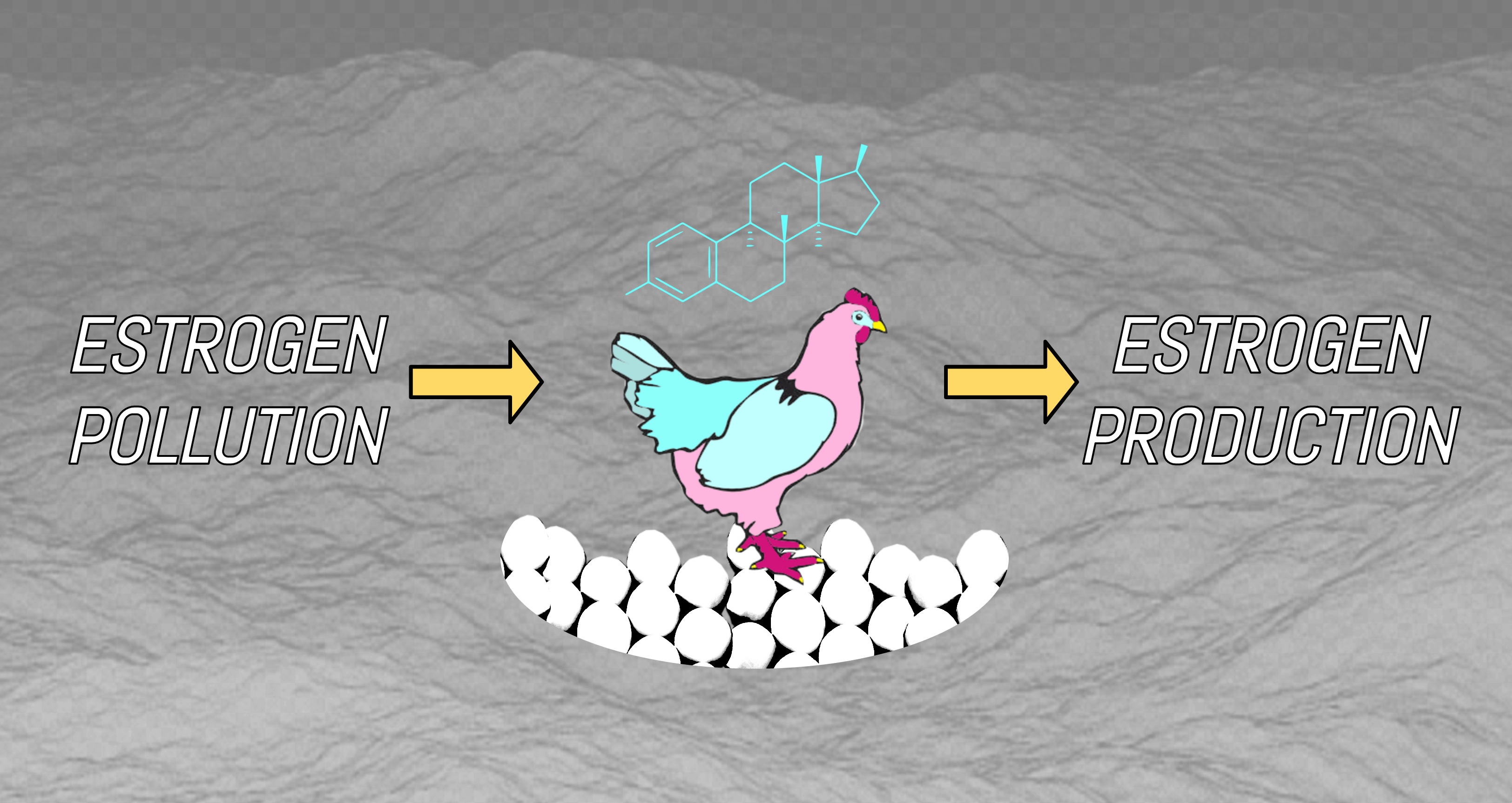
The next step for Mary Maggic and Byron Rich is a project that was preselected for the Bio Art and Design Awards in Holland. Their critical bio-design imagines a new species of hen that could survive in estrogenic environments… and provide a form of open source estrogen for citizen biohackers, allowing for DIY hormonal therapy, production of contraceptives and “genderhacking”—a way to “question the collective mutagenesis of our bodies in progress and offer a model trans-species for an ‘estrogenic paradise’”. To be continued!
“Open Source Estrogen” workshop, May 17 at ISEA Hong Kong, May 27 at Art meets Radical Openess in Vienna, June 1-2 at Interactivos? at Medialab Prado in Madrid
